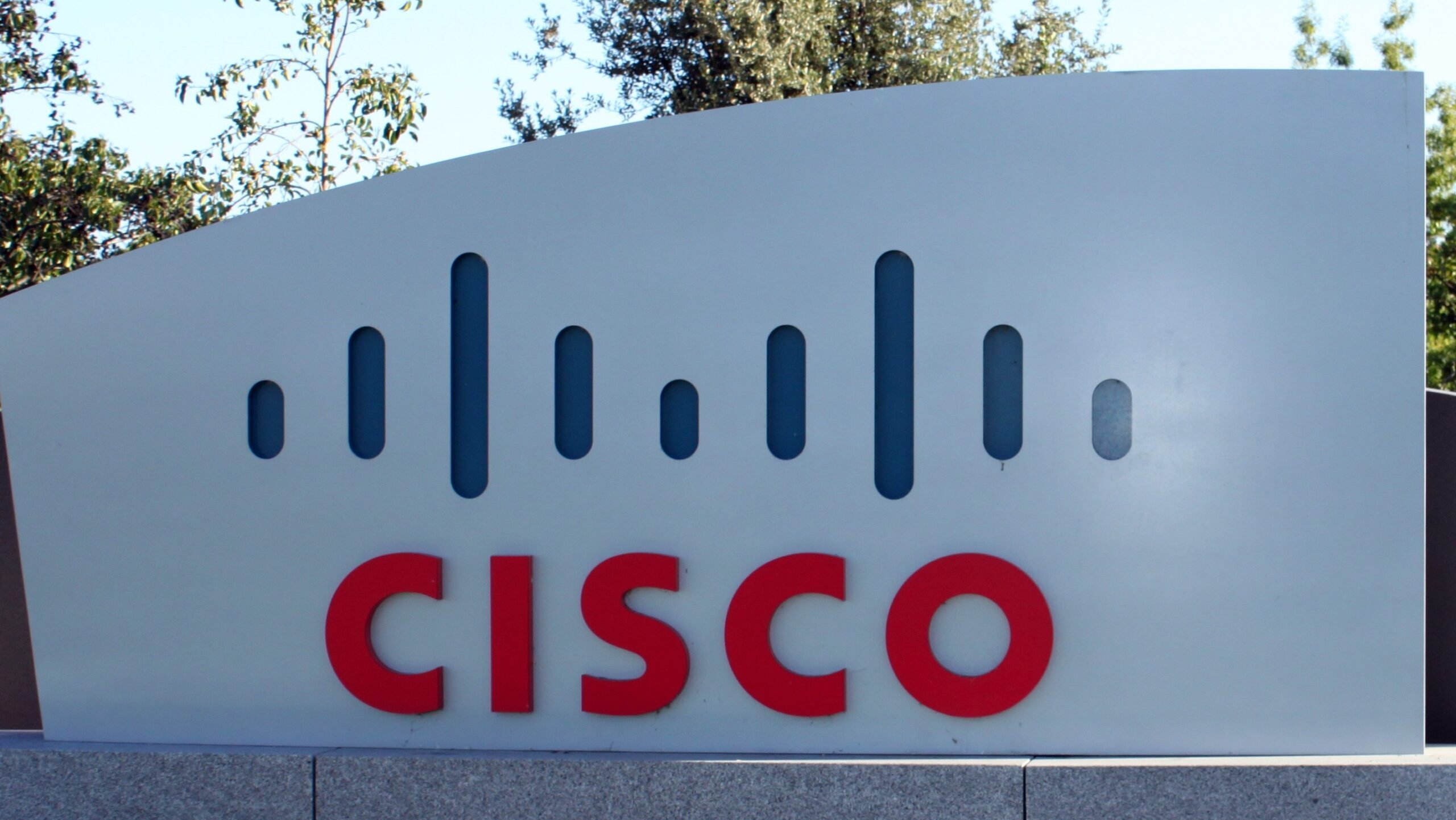
Cisco has unveiled a research prototype of a quantum network entanglement chip that it claims will allow quantum networks to connect quantum processors for real-world use cases. The company is also opening a research facility, Cisco Quantum Labs, to advance development of quantum technologies.
As a networking company, Cisco’s approach to the deep complexities of quantum computing takes a decidedly network-centric approach. Among the challenges of quantum technology is that a quantum computer would require 1.4 million to 20 million quibits to run a software program, but today’s quantum processors contain only a few hundred. Cisco’s answer to this problem is to use next-gen networking to enable quantum processors to work in tandem, and so support practical applications for quantum.
At the center of Cisco’s new development is the quantum network entanglement chip. Developed in partnership with UC Santa Barbara, this device creates pairs of entangled photons, which are particles of light whose states are linked despite how far away they are, whether a few feet or many miles. These entangled photons connect in a process known as quantum teleportation, a concept—proven by physics—that Albert Einstein referred as “spooky action at a distance.”
“Though it gets much less attention than quantum computing, quantum networking will be essential for future computation and communications,” says Dr. Robert Sutor, CEO and founder of Sutor Group Intelligence and Advisory, and consulting analyst at The Futurum Group. “By connecting smaller, highly-tuned quantum devices, we will get the large and powerful systems we need for the use cases we’ve been promised. Cisco’s work is a welcome addition to the quantum networking innovations being pioneered by Nu Quantum, Welinq, IonQ, and IBM.”
The design of Cisco’s entanglement chip brings these otherworldly ideas into the real world of enterprise IT through a number of techniques. First, the Cisco chip operates at standard telecom wavelengths so can it can use currently available fiber optic networking gear. Also, it works at room temperature in the form of a miniaturized PIC (photonic integrated circuit) so it can be used for current IT systems. Additionally, it performs at a rate of up to 200 million entanglement pairs per second. And it’s energy efficient, requiring less than a mere 1 milliwatt of power.
Cisco describes its strategy for developing quantum networking as comprised of two paths. First is its “quantum networking for the quantum world,” focus, in which the company is working to support distributed quantum computing and quantum processors at scale; they hope to use these developments to drive advances in materials science and pharmacological research.
Second is its “quantum network for the classical world” path, which acknowledges that practical use cases for quantum might be years in the distance, but the principles of quantum networking enable near-term benefits to traditional IT systems via applications like ultra-precise time synchronization and secure location verification.
Cisco’s quantum strategy combines software and hardware, which the company touts as a major advantage. Because it is developing its own chip as an interoperable element in its own software stack, Cisco claims that it gains the necessary insight to build an overall quantum computing infrastructure. Perhaps most significant, the company claims its quantum framework is vendor-agnostic. As Vijoy Pandey, Senior VP of Outshift by Cisco said, “we don’t need to pick winners because we’re building the networking fabric that will enable various quantum technologies to scale.”
Playing a core role in supporting all of this quantum development is the opening of the Cisco Quantum Labs research facility in Santa Monica, California. Cisco researchers will use the facility to work on solutions that span both theoretical technologies and actual use cases. More specifically, the company expects to work on an array of emerging technologies, including a distributed quantum computing compiler, entanglement distribution protocols and a quantum random number generator that uses quantum vacuum noise.
Pandey compared the company’s quantum work to the manner in which Cisco’s networking gear helped build the early internet. In that same manner “we’re now creating quantum networking technology that will be the foundation for the quantum internet, making quantum computing practical years ahead of current timelines,” Pandey said. “Our approach could accelerate impactful quantum computing and networking applications from decades away to just 5-10 years.”

